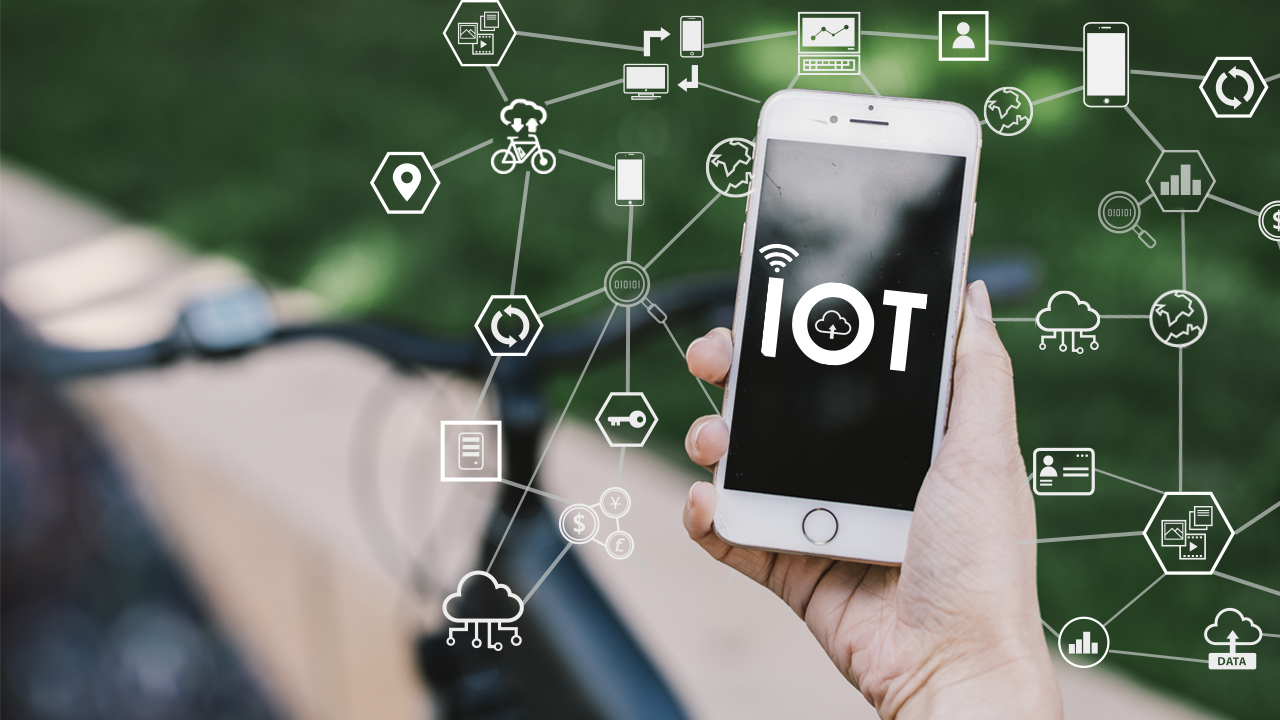The Role of Real-Time IoT Sensors in Supply Chain Visibility
Supply chains have become increasingly complex, with global sourcing, decentralized warehouses, and time-sensitive deliveries. Accurate IoT and live data streams are essential for logistics to remain efficient and competitive. This is where IoT logistics technology—powered by real-time sensors—plays a pivotal role.
IoT sensors embedded in shipments, containers, and vehicles continuously collect and transmit location, temperature, and handling data. These connected devices eliminate blind spots, reduce delays, and provide visibility across every stage of the supply chain.
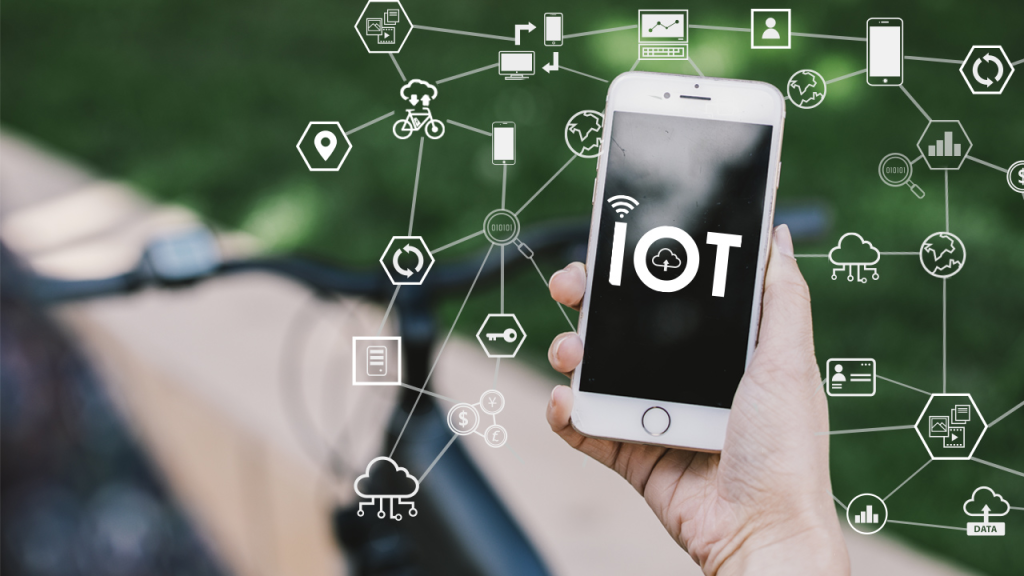
What Are IoT Sensors in the Supply Chain?
IoT (Internet of Things) sensors are small, networked devices designed to capture real-time physical conditions or movement. In a logistics setting, they can monitor:
- GPS location
- Temperature and humidity
- Shock or vibration
- Tilt or light exposure
These data points help track the position and the condition of goods—especially useful for sensitive items like pharmaceuticals, electronics, or food products.

Why Real-Time Visibility Matters
Waiting for a package to “check-in” at the next distribution center is no longer sufficient. Logistics teams expect immediate updates when shipments are delayed, damaged, or off-route. Real-time sensor data helps:
- Pinpoint location at any moment
- Detect and report delays automatically
- Prevent damage by monitoring environmental conditions
- Support proactive response instead of reactive firefighting

Key Benefits
- Complete supply chain transparency from warehouse to doorstep
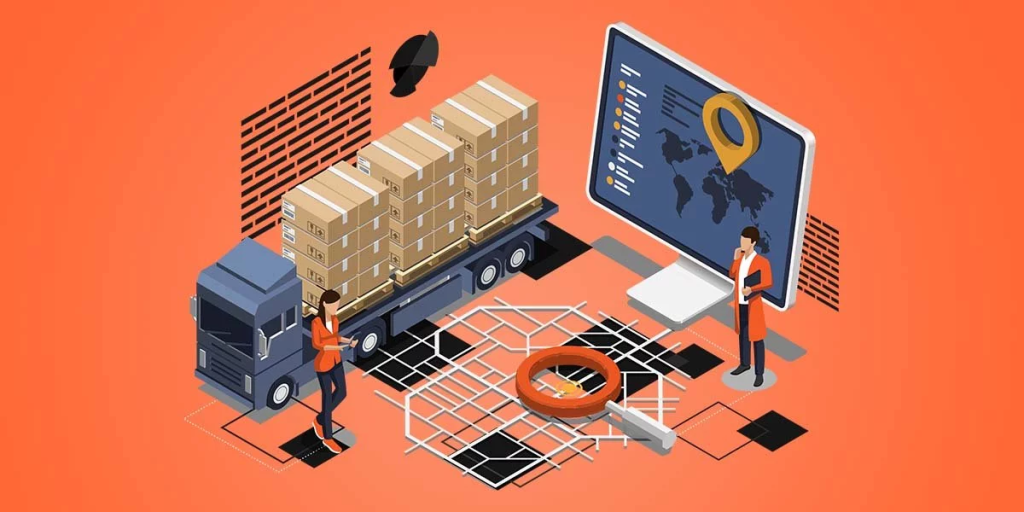
- Condition monitoring to protect high-risk cargo
- Delay mitigation through early warning systems
- Data-driven improvement of routes and performance
Real-World Use Cases: Why PostalParcel Stands Out
A strong example of practical IoT logistik tracking is PostalParcel, a fulfillment platform tailored for cross-border commerce.
PostalParcel integrates innovative tracking features across its network, combining barcode scans, GPS data, and sensor feedback into a unified dashboard. Whether goods move between international hubs or enter last-mile delivery, merchants stay informed at every step.
Key capabilities include:
- Real-time tracking across carriers and customs
- Temperature alerts for regulated items such as cosmetics or health supplements
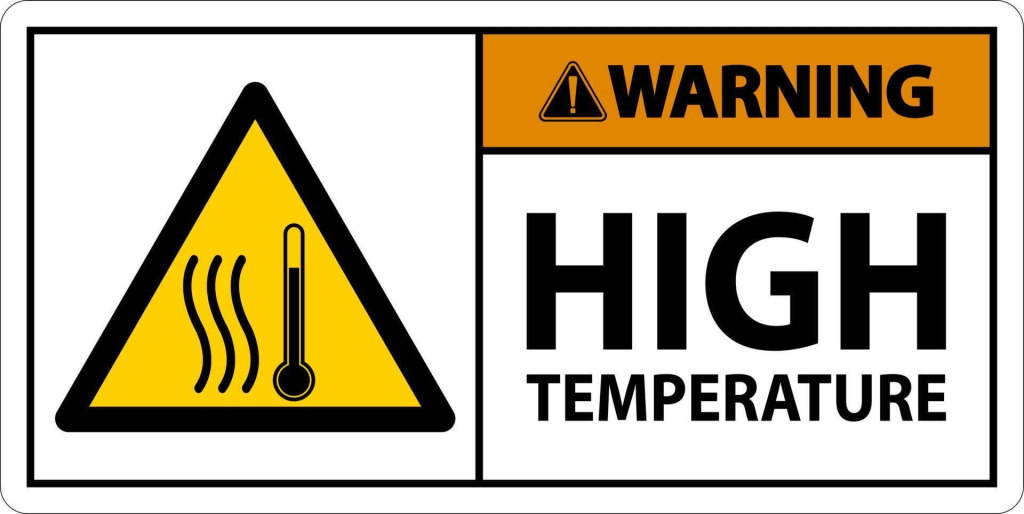
- Exception notifications for delays reroutes, or holding periods
- Inventory-level visibility using warehouse-linked sensor data
This level of integration simplifies operations for businesses that would otherwise need multiple platforms or custom tools. With PostalParcel, real-time tracking isn’t a separate add-on—it’s a core part of the fulfillment experience.
Overcoming Common Challenges
Implementing real-time IoT systems requires careful planning. Some potential challenges include:
- Sensor costs and battery maintenance
- Compatibility with existing software (ERP, WMS)
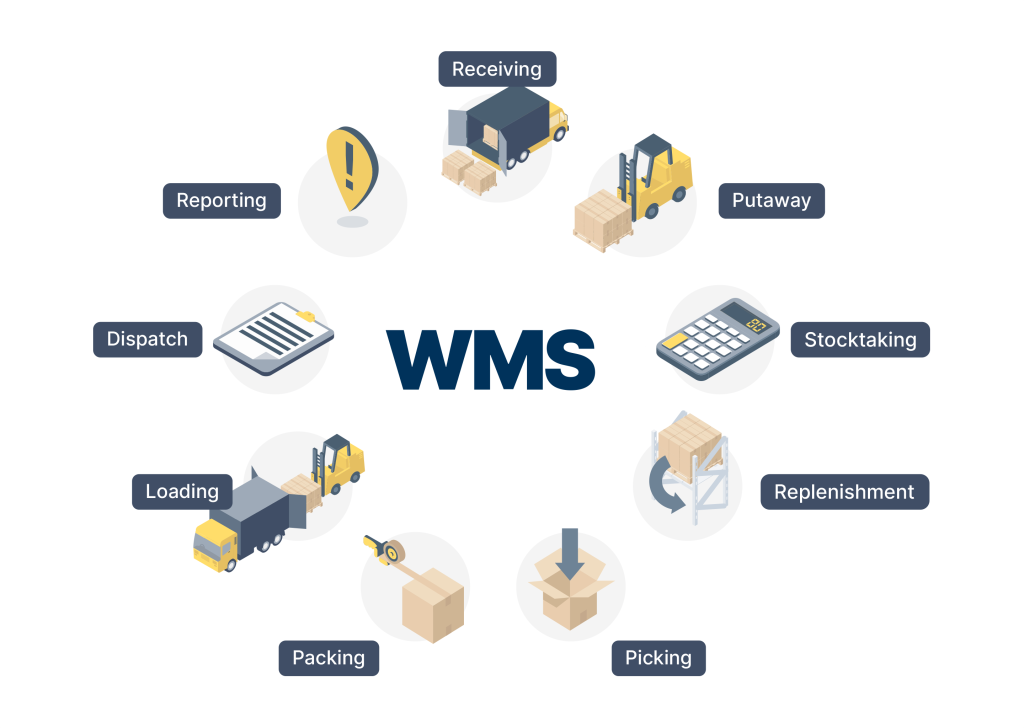
- Managing large volumes of data
- Network availability in remote delivery zones
Solutions like PostalParcel help mitigate these issues by offering built-in sensor support and cloud-based dashboards optimized for global logistics operations.
Final Thoughts
Real-time IoT sensors are redefining supply chain visibility. Intelligent platforms such as PostalParcel transform tracking from a passive status update into a powerful decision-making tool.
Businesses that adopt these technologies gain a clear edge in responsiveness, reliability, and efficiency—in an increasingly dynamic logistics landscape, seeing in real-time means staying in control.
Industry Insights
news via inbox
Nulla turp dis cursus. Integer liberos euismod pretium faucibua

